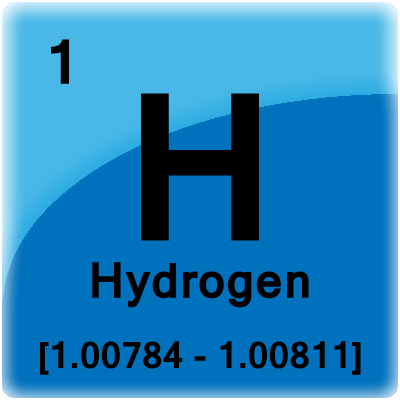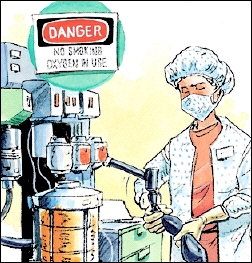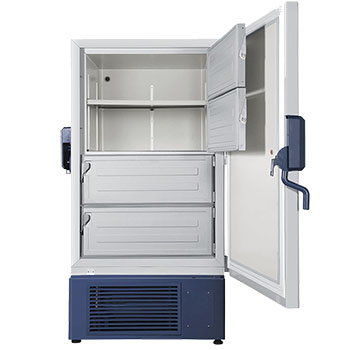|
The Hazards of Hydrogen and Hydrogenation

Hydrogenation is a process used to reduce or saturate organic compounds by using hydrogen gas usually in the presence of a catalyst at ambient and/or elevated pressure. The process presents several safety concerns. The major being fire and explosion due to the pyrophoric nature of chemicals used (hydrogen, solvents, catalyst, instability of intermediates).
Please click here to view steps that can be taken to minimize the risks as well as appropriate safety procedures that should be followed.

Anesthetic Gases

Did you know that IU EHS conducts anesthetic gas air monitoring on campus? If you work with anesthetic gases, such as isoflurane or nitrous oxide, IU EHS is here to help.
We have the ability to conduct instantaneous leak testing in your laboratory using a direct reading instrument. If warranted, we can then conduct personal air monitoring using a personal sampling badge. Many laboratories find the instantaneous monitoring helpful in determining how to set-up equipment appropriately.
IU has developed an Anesthetic Gas Safety Program (Anesthetic Gas Safety). This program outlines the requirements of employees who work with anesthetic gases.
All employees that work with or supervise work with anesthetic gases must complete Anesthetic Gas Safety Training . Contact IU EHS if you need assistance in your laboratory or if you have questions concerning anesthetic gases.

Please Do Not Wear Shorts or Sandals in Laboratories

It is summer and this is the time of the year where laboratory personnel want to begin wearing shorts and sandals in the laboratories. Appropriate clothing must be worn whenever working in the laboratory. This is in addition to other personal protective equipment such as a lab coat, gloves and protective eye wear.
Please click here to read about the importance of ensuring you are properly clothed when working in a laboratory.

Laboratory Freezer Labeling
 Many research laboratories use freezers to store samples. Any freezer that is connected to an external alarm is already required to display contact names and phone numbers in the event of alarm. One business hours contact and two after hours contacts must be listed. Please see the fillable document here. Many research laboratories use freezers to store samples. Any freezer that is connected to an external alarm is already required to display contact names and phone numbers in the event of alarm. One business hours contact and two after hours contacts must be listed. Please see the fillable document here.
We also recommend the labeling of all samples in a common or shared freezer with the Principal Investigator’s name. This will also help to identify abandoned samples. We are now asking that any freezer located in a shared or common area also display contact information in case of freezer malfunction. This is described in the IU Biosafety manual in Section 3.8.
Finally, please ensure freezers that house biohazards or recombinant DNA have a red or orange biohazard sticker attached to them.
If you have any questions please contact us. |